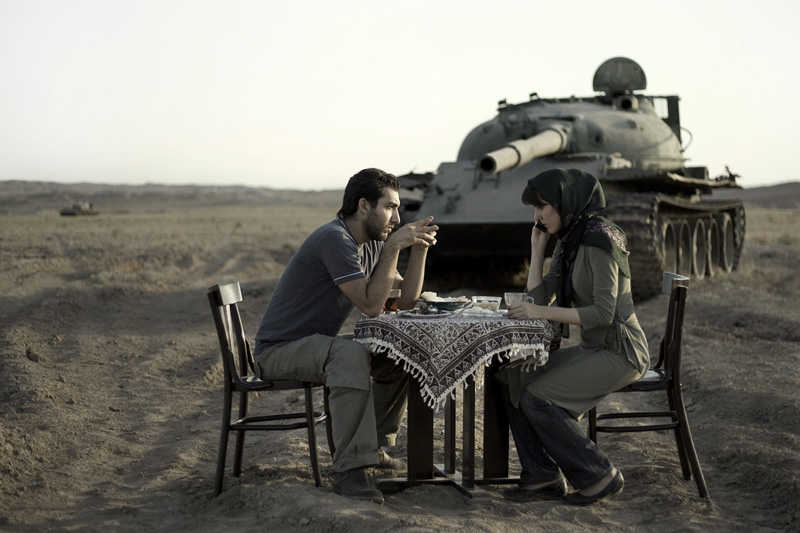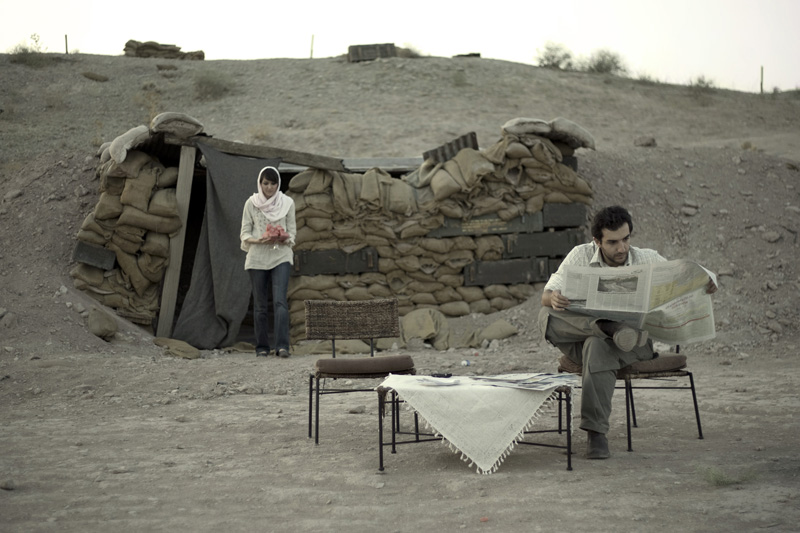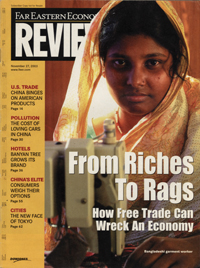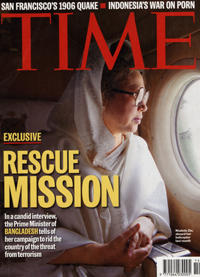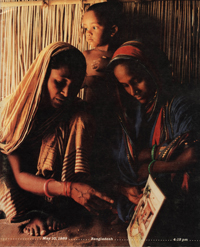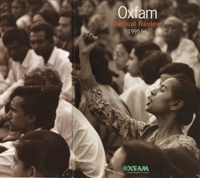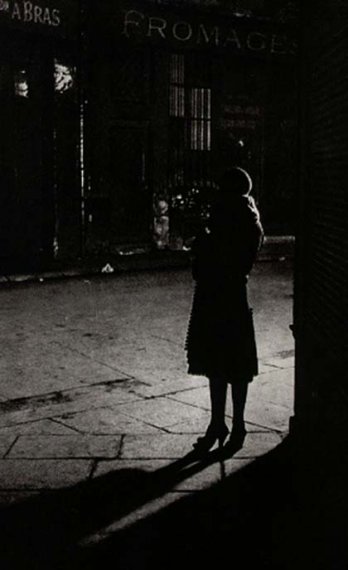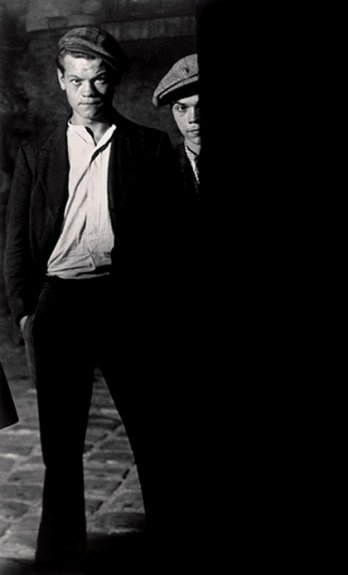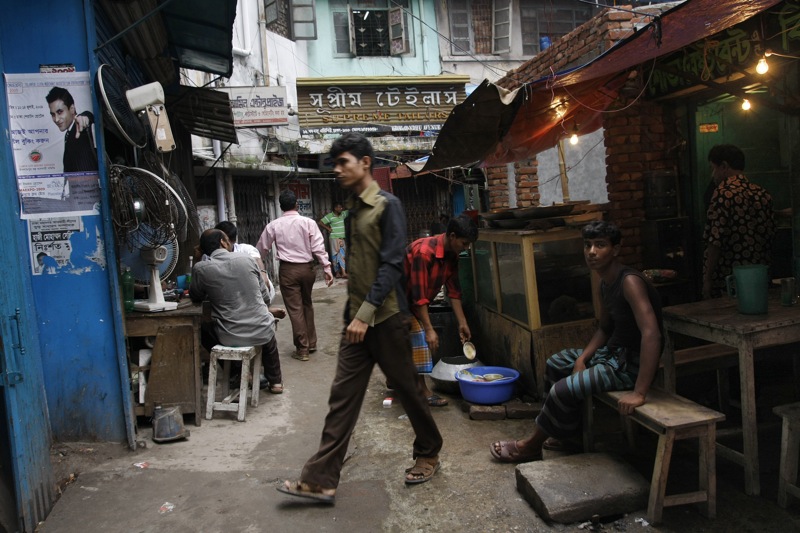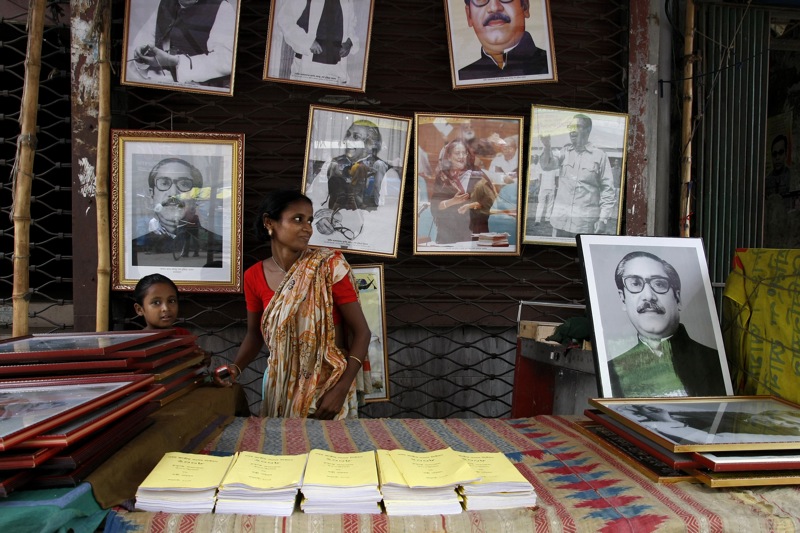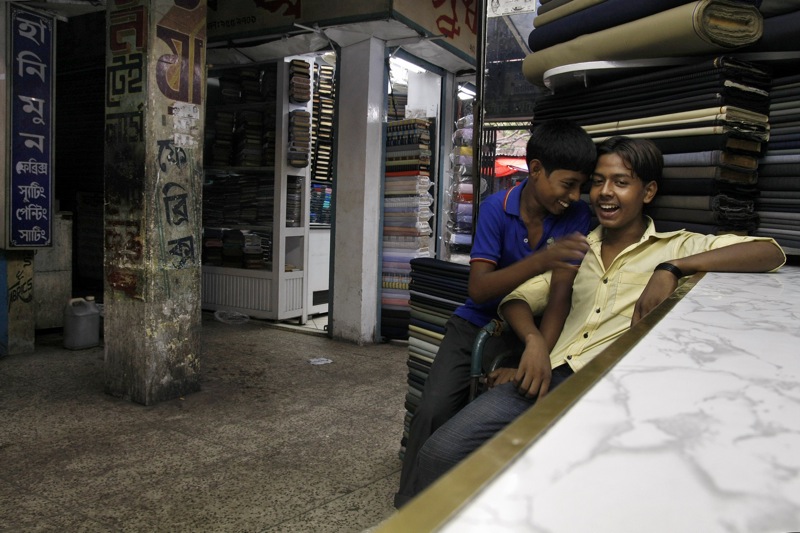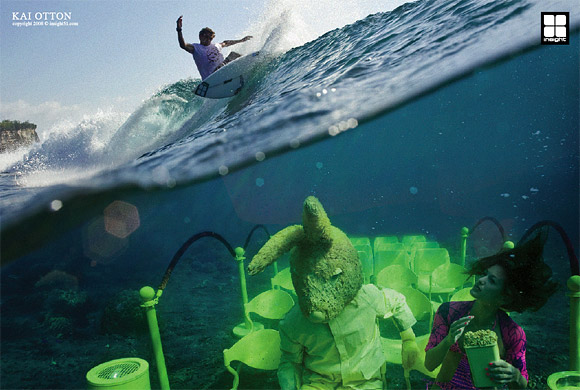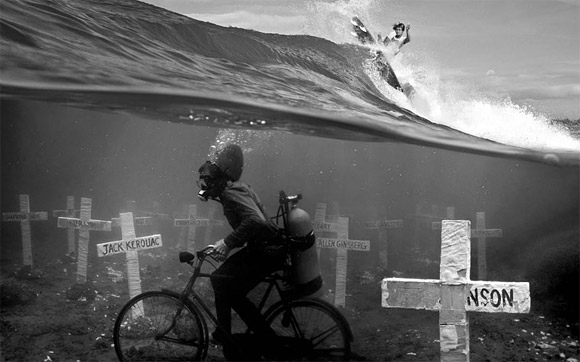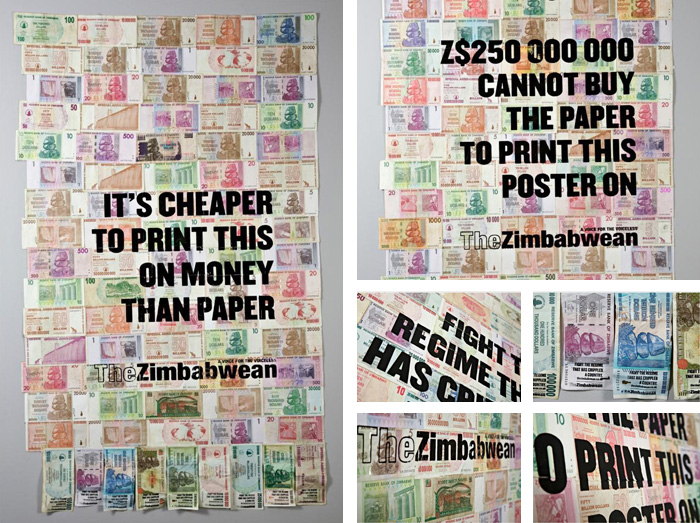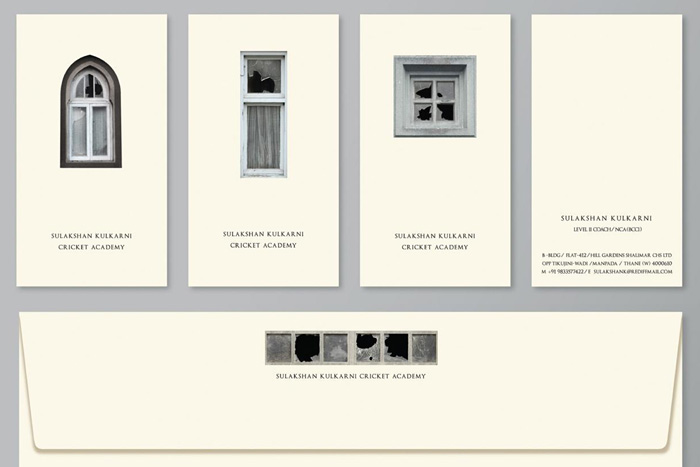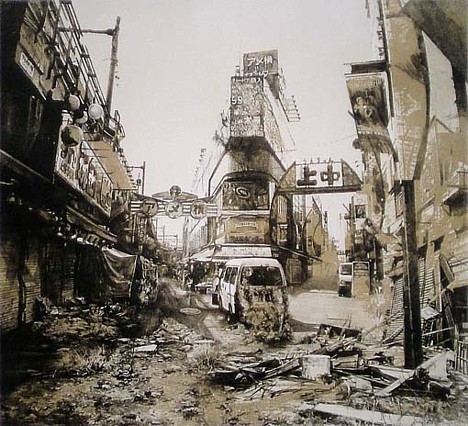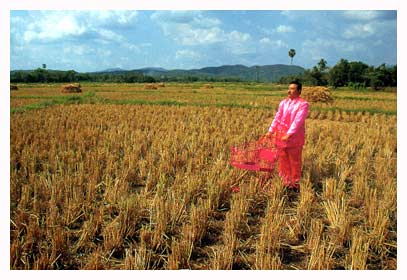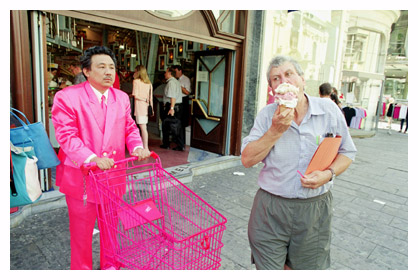IVORY COAST, Bouaké : A picture taken 06 October 2002 by Agence France Presse French photographer Georges Gobet shows Ivory Coast rebels threatening a loyalist fighter they have just captured on a patrol on the perimeter of occupied Bouake. GEORGES GOBET/AFP
I think I came across this photo in 2002 or 2003. I'm not sure how I stumbled upon it, and it was only a while later that I found out it had won a prize in the WPP awards (Spot News, 1st Prize). I've always thought that to be unfortunate in the sense that the award usurped the original context of the image. Even now, when I search the internet, I find this photo being used in articles about WPP and not about the conflict in Ivory Coast -- apparently the award is more newsworthy than war.
I guess all photos that win a major award are destined for this fate, and I'm not sure how photographers feel about it.
I thought about this photo after watched
Johnny Mad Dog yesterday, a film about child soldiers in an unnamed African country. I found out today out that the young actors were actually former child soldiers, adding to the realism of the film which was greatly enhanced by the photographs shown during the end credits - images of child soldiers in Liberia, taken by French photographer Patrick Robert.
I'm not sure if the last photo was placed last on purpose, but when I saw it I couldn't help but gasp:

What a
fantastic way to reclaim the context of an image which had been utterly destroyed by United Colors of Benetton. The image had been used for
one of their ads in 1992, and this is all the company's website says:
The image of a black soldier who, taken from behind with a Kalashnikov slung over his shoulder, claps a human thigh-bone represents a terrible vision that arouses anxious questions about colonialism, racism and cultural poverty
They were right. I
did have anxious questions, such as: Who is the photographer? Where was this photo taken? And when? Who's the person in the photo? What the hell is going on? Questions, I suppose, I was encouraged to ask but not be given the answer to. Here's the original caption (more photos to be found on
Corbis):
Civil War in Liberia - June 05, 1990, Gborplay, Liberia. A young recruit for the National Patriotic Front of Liberia (NPFL) grasps a human leg bone while at a training camp in Gborplay, Liberia. Responding to years of government corruption and oppression, in 1989 the NPFL launched a revolt against President Samuel Doe, seizing control of much of Liberia and plunging the country into massive civil war until 1996.
I seriously have no idea how UCB managed to render such an photograph into a
stock image.
